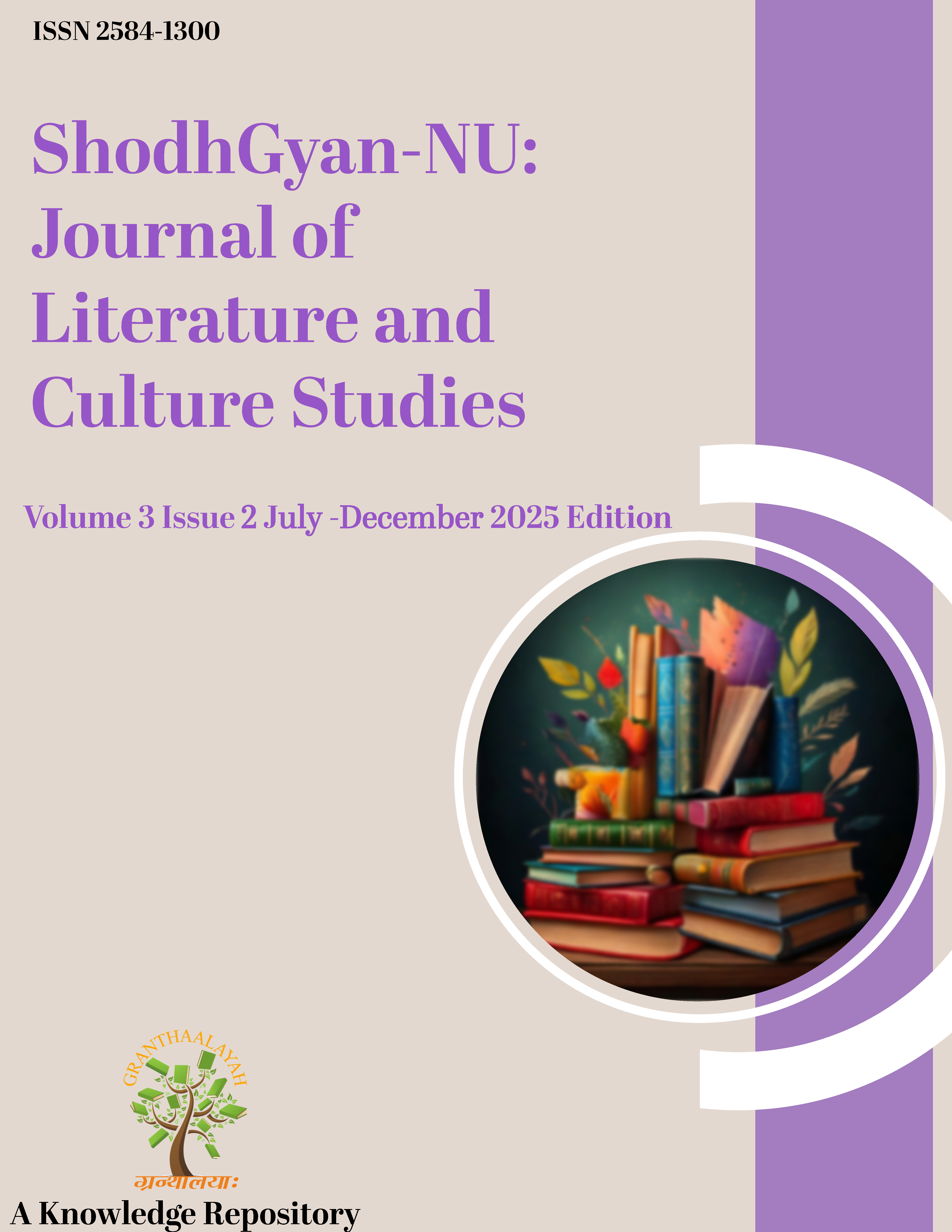TRANSCENDENTAL INTERSTICES: AN ETHNOGRAPHIC EXEGESIS OF SHAMANIC PRAXIS AMONG THE MURAMKULUKKIPATTU MALAYA TRIBE
DOI:
https://doi.org/10.29121/shodhgyan.v3.i2.2025.58Keywords:
Muramkulukkipattu, Olavanaparam, Shamanic Praxis, Transcendental IntersticesAbstract [English]
All the characteristics of the ‘Muram Kulukki’ song are close to the characteristics of shamanism. Connecting with the spiritual world, reaching a trance state through the repetition of music and dance, spiritual treatment for healing, unity and togetherness of the community, and deep respect for the forces of nature are all reflected in this ceremony. Through this, not only is the spiritual life of a tribal community strengthened, but also their social ties. ‘Muramkulukkipattu’ is unique in both its social and cultural aspects. Since it is a ceremony that brings everyone together in the community, it becomes a symbol of unity and togetherness. Songs have long served as a medium through which tribal histories and stories are handed down across generations. ‘Muramkulukkipattu’ has given confidence and comfort to the people in situations where scientific treatment for healing is not available, and it also has great artistic value. Researchers are studying it today as part of the folk songs of Kerala. In the research article “Transcendental Interstices: An Ethnographic Exegesis of Shamanic Praxis among the Muramkulukkipattu Malaya Tribe,” the shamanistic performance is explained in the context of treating patients; the Shaman also offers his audience a performance. What is this performance? Risking a rash generalisation based on a few observations, we shall say that it always involves the Shaman’s enactment of the ‘call’ or the initial crisis which brought him the revelation of his condition. But we must not be deceived by the word performance.
References
Glassie, H. (1983). The Moral Lore of Folklore. Folklore Forum, 16(2), 123–151.
Indianetzone. (2025, September 27). Malayarayan Tribe.
Rajagopalan, C. R. (2019). Folklore Arika Sathyangal. Kerala Folklore Academy.
Published
How to Cite
Issue
Section
License
Copyright (c) 2025 Dr. Saran S., Dr. Vineetha Krishnan

This work is licensed under a Creative Commons Attribution 4.0 International License.
With the licence CC-BY, authors retain the copyright, allowing anyone to download, reuse, re-print, modify, distribute, and/or copy their contribution. The work must be properly attributed to its author.
It is not necessary to ask for further permission from the author or journal board.
This journal provides immediate open access to its content on the principle that making research freely available to the public supports a greater global exchange of knowledge.




























